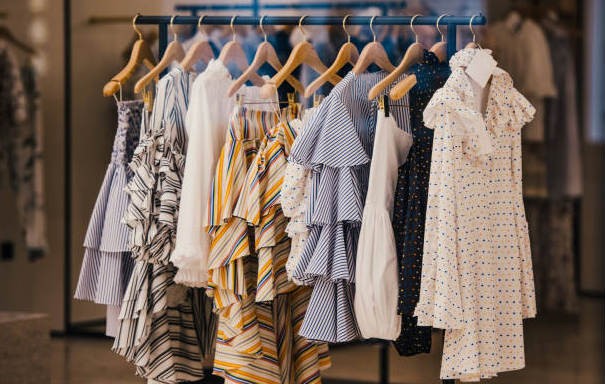The Timeless Art of Women’s Clothing
The Timeless Art of Women’s Clothing
Blog Article
The clothing worn by women is not an essential requirement. It is a dynamic art form that reflects societal values, personal expression, and a particular cultural personal identity. In the past, the designs of materials, designs, and functions of the women's clothes have changed dramatically, influenced by history, geography, as well as technological advancement. From extravagant gowns worn by European royals to the minimal design of the modern day, women's clothing has always adapted to the shifting gender roles and expectations of women within the world. Today, the industry not only celebrates diversity and creativity but also empowers women to make choices that reflect their individuality and values. The fashion of women's clothes is still a vibrant and essential aspect of human culture.
The history of women's clothing is deeply intertwined with the evolution of culture and society. The first time we wore clothes, they were mostly functional and provided protection against the elements. When societies developed, clothing transformed into a signifier of status and identity. As an example, the exquisite embroidery of Indian sarees and the silky hanboks from Korea, and the tailored costumes from Victorian England all reflected the ideals and artistic style of their distinct traditions. By the 20th century, women's fashion began to challenge conventional norms with fashions such as flapper dresses and miniskirts symbolizing liberation and rebellion. Today, fashion is more inclusive than ever, merging international influences and accommodating different body types as well as ages and tastes.
Cultural influences have played a major role in shaping women's clothing across the globe. Clothing that is traditional like the saree in India as well as the hanbok in Korea as well as the cheongsam from China showcases the rich history and craftmanship of each location. These garments are not merely practical; they tell the stories of their owners, as well as values and a deep connection to history. In contemporary fashion, these traditional elements of culture are usually incorporated with contemporary styles to produce styles that honor tradition while embracing innovation. This amalgamation of old and new lets women honor their past while being at the forefront of global fashion trends, fostering confidence and personal style.
Sustainability has become a key focus in the fashion industry of pavine clothing store, because environmental issues drive changes regarding how clothes are designed, produced, and consumed. Fast fashion is a model that emphasizes disposable and cheap clothing, has faced criticism because of its negative environmental and social impact. As a result, many women are embracing more sustainable options, like environmentally friendly fabrics, second-hand purchases and repurposing designs. Fashion labels are also using ethical business practices, assuring decent working conditions for their employees and decreasing consumption. This shift toward sustainability is not just beneficial to the environment, but it also empowers women to choose choices in line with their ideals and create a strong connection between fashion and responsibility. To acquire more details kindly look at https://pavine.co.id/
Clothing for women can also be a powerful tool for empowerment and empowering individuals, helping them define their identities and question social norms. The feminist movement that embraced trousers as an emblem of gender equality, to the bold statements-making clothes that women wear to break boundaries in a variety of sectors, fashion has always been central to the fight for equality and self-expression. Fashion today is inclusive and recognizes the diversity of body types, skin tones, and personal styles, ensuring that all women feel represented and confident when they dress. A growing focus on the individuality of body and appearance is redefining beauty standards and encouraged women to accept their individuality and dress in a way that makes them feel empowered.
The clothing of women is an evolving and essential aspect of culture, history as well as expression of self. It's an instrument through which women have navigated societal changes, celebrated their culture, and affirmed their own individuality. From traditional garments that honor the roots of their culture to contemporary, sustainable fashion that reflects a commitment to the planet Women's clothes continue to adapt with changing expectations and roles of women. In a world that embraces change in its approach to inclusivity, diversity, and ethical methods, it affirms the long-standing connection between fashion and empowerment. The truth is that women's clothes are much more than clothes. It is a vibrant and enduring expression of the diversity, resilience, and creativity of women around the world.